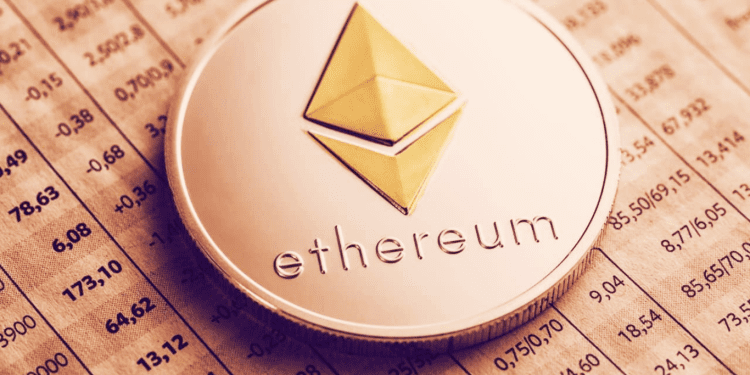A mysterious wallet labeled ‘Vitalik.eth’, named after Ethereum co-founder Vitalik Buterin caused quite the stir over the weekend when it deposited 500 Ether (ETH), or just over $700,000, into Reflexer Finance to mint the RAI stablecoin. During this time, the U.S. Dollar Coin (USDC) was trading below its peg of $1, giving cheap buyers a 10% gain in 48 hours once the stablecoin regained its pricing.
Just days before, On Jan. 17th, U.S.-based stablecoin issuer Circle Internet Financial had some of their reserves for USDC at Silicon Valley Bank – which experienced a collapse of confidence on Friday, resulting in a market-wide drop in cryptocurrencies. This caused USDC to depeg from its original pricing and meant that holders of cheap USDC could take advantage of the price dip by quickly buying and profiting from its regain to $1.
RAI is distinct from other fiat-backed digital currencies because it is backed not by a single national money but by Ether itself. Like many others, Buterin acknowledged the unique mechanism behind RAI in his blog post last month – making it likely that his wallet was behind the purchase and subsequent minting of the cryptocurrency on Sunday.
Buterin’s blog stated the following:
“In the non-crypto real world, nothing lasts forever. Companies shut down all the time, either because they never manage to find enough users in the first place, because once-strong demand for their product is no longer there, or because they get displaced by a superior competitor. Sometimes, there are partial collapses, declines from mainstream status to niche status (e.g., MySpace). Such things have to happen to make room for new products. But in the non-crypto world, when a product shuts down or declines, customers generally don’t get hurt all that much. There are certainly some cases of people falling through the cracks, but the whole shutdowns are orderly, and the problem is manageable.”
USDC is a digital currency issued by Circle Internet Financial and pegged to the U.S. dollar for stability. However, over the weekend, its pricing depegged from the dollar after the collapse of Silicon Valley Bank caused a market-wide drop in cryptocurrencies – creating an opportunity for cheap USDC buyers to purchase and benefit from its regain to the $1 peg.
Automated Stablecoins Have Been Weak
Cryptocurrency has never been the same since the crash of Terra on May 2022 after its stablecoin UST was depegged, causing a meltdown worth billions of dollars, especially for LUNA token investors.
Stablecoins are cryptocurrencies whose prices stay the same over time. This makes them different from coins like Bitcoin and Ethereum, which can go up or down in price.
According to Buterin’s 2022 post, stablecoins have a “targeting mechanism,” which helps keep the price steady – usually targeting a $1. This mechanism works to push the price back to its target if it goes too high or low.
Some stablecoins, such as USDT and USDC, rely on trusted actors and asset custodians to help keep their prices steady. However, other stablecoins use a completely decentralized system and don’t depend on one person or organization for their operation.














